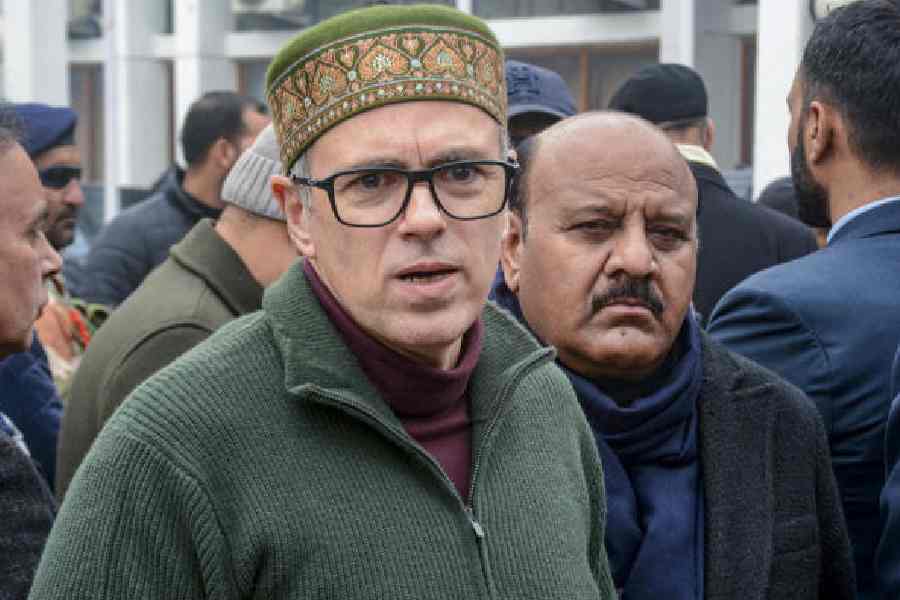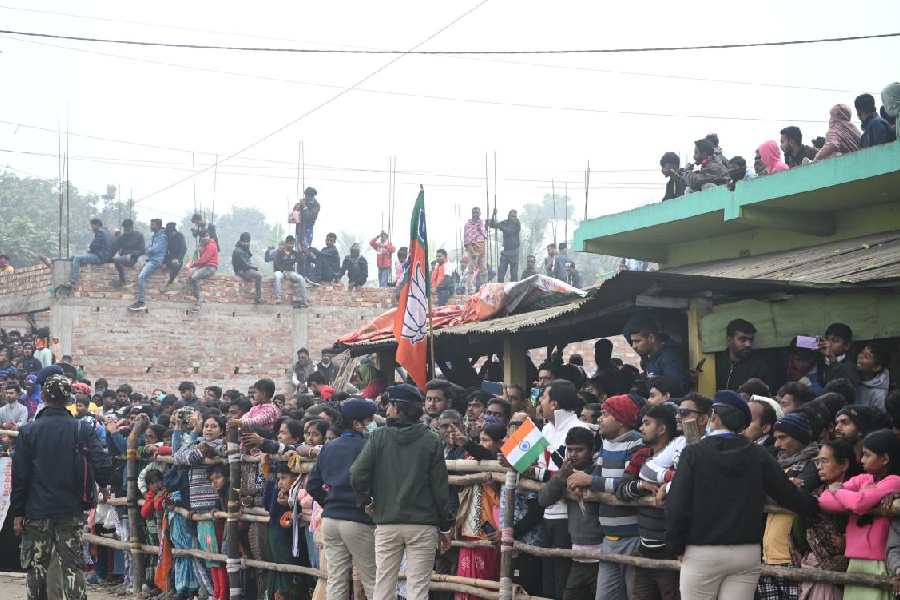Ranchi, June 11: Archaeologists may soon learn more about the nomadic tribes that dominated the region during the fourth-sixth centuries.
After Khukhragarh it would be Honhe in the Chitarpur block of Ramgarh district where excavation work will be carried out by the state art and culture department. The Archaeological Survey of India (ASI) has given its nod. The assistant director (culture), Harendra Prasad, Sinha has been issued a licence to carry out the excavation on the site, located about 65km from the state capital.
The mission is to learn more about the megalithic remains dating back to fourth century. Megaliths are large stones that were used to construct a structure or monument. These structures were made adopting an interlocking system, where stones were placed one on top of the other. No mortar or cement was used.
“We would begin with preliminary work in the next 10 days before excavating the site. Free standing large stones called menhirs are among the oldest, if not the oldest megaliths found in the state,” said Sinha.
According to initial information, the large stone burials were made of metal (mostly iron) by nomadic tribes that migrated in the region from southern part of the country.
Sinha said that megalithic sites found in the Jammu & Kashmir region date back to 1750BC while similar remains dating between 1100BC and third-fourth centuries AD had been found in several sites of southern Indian.
In Northeastern states like Meghalaya and Manipur, such remains dating between 7th-8th to 14th centuries have been found. The outcome of the excavation in Jharkhand may prove to establish the missing link between the fourth and sixth centuries, as far as megalithic structures are concerned, Sinha said.
The excavation would reveal many things, for example what metals tribes used, their mode of transport and whether they were warriors or nomads etc.
State art and culture secretary R.S. Verma was happy that his department had received the much-awaited nod from the ASI to carry out excavation in Honhe.
In Jharkhand, there are quite a few megalithic sites, including villages Barwapaker under Barkagaon block in Hazaribagh district and Bhandra village in Lohardaga district among others. At present, Honhe has 10 to 15 large stones over the ground. Experts suggest these stones get buried under the ground over the centuries.
“We may end up finding iron spears used by the nomadic warriors, ornamental structures for horses used by the tribes and clay utensils, among many other things,” Sinha said.
Government sources said a few lakhs would be spent on the excavation work that may get stretch over the next financial year. However, ASI has given permission to carry out the excavation in 2009-10 to start with. This timeframe maybe revised next year.










